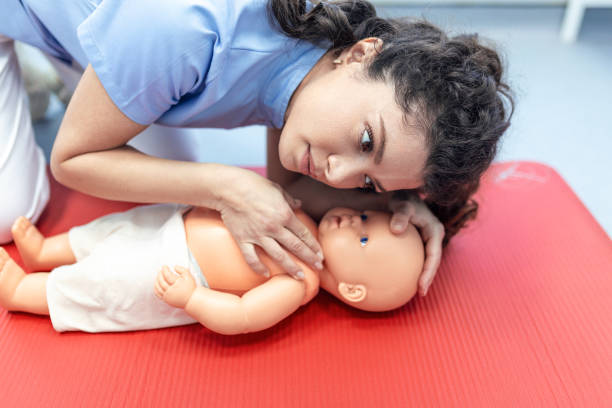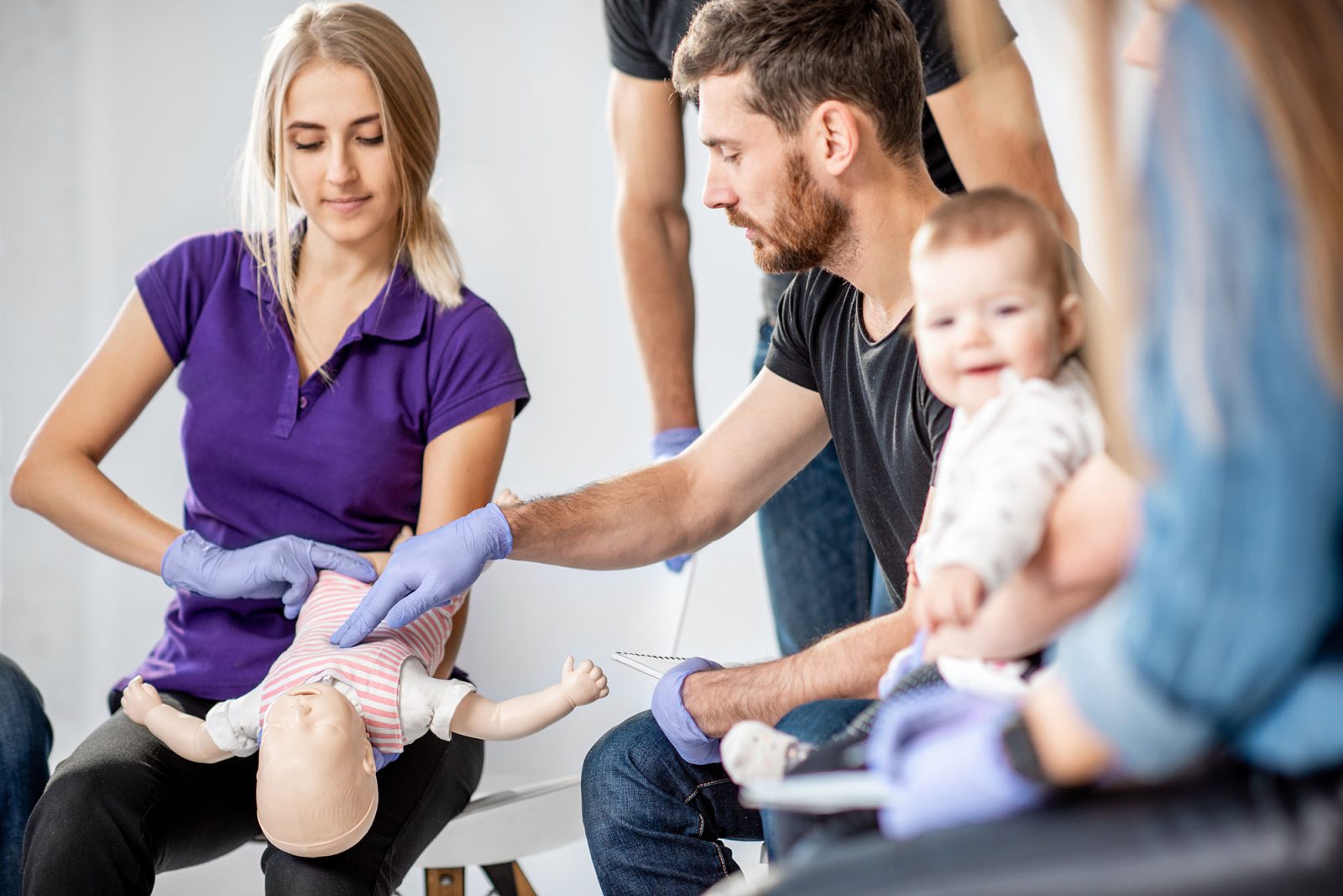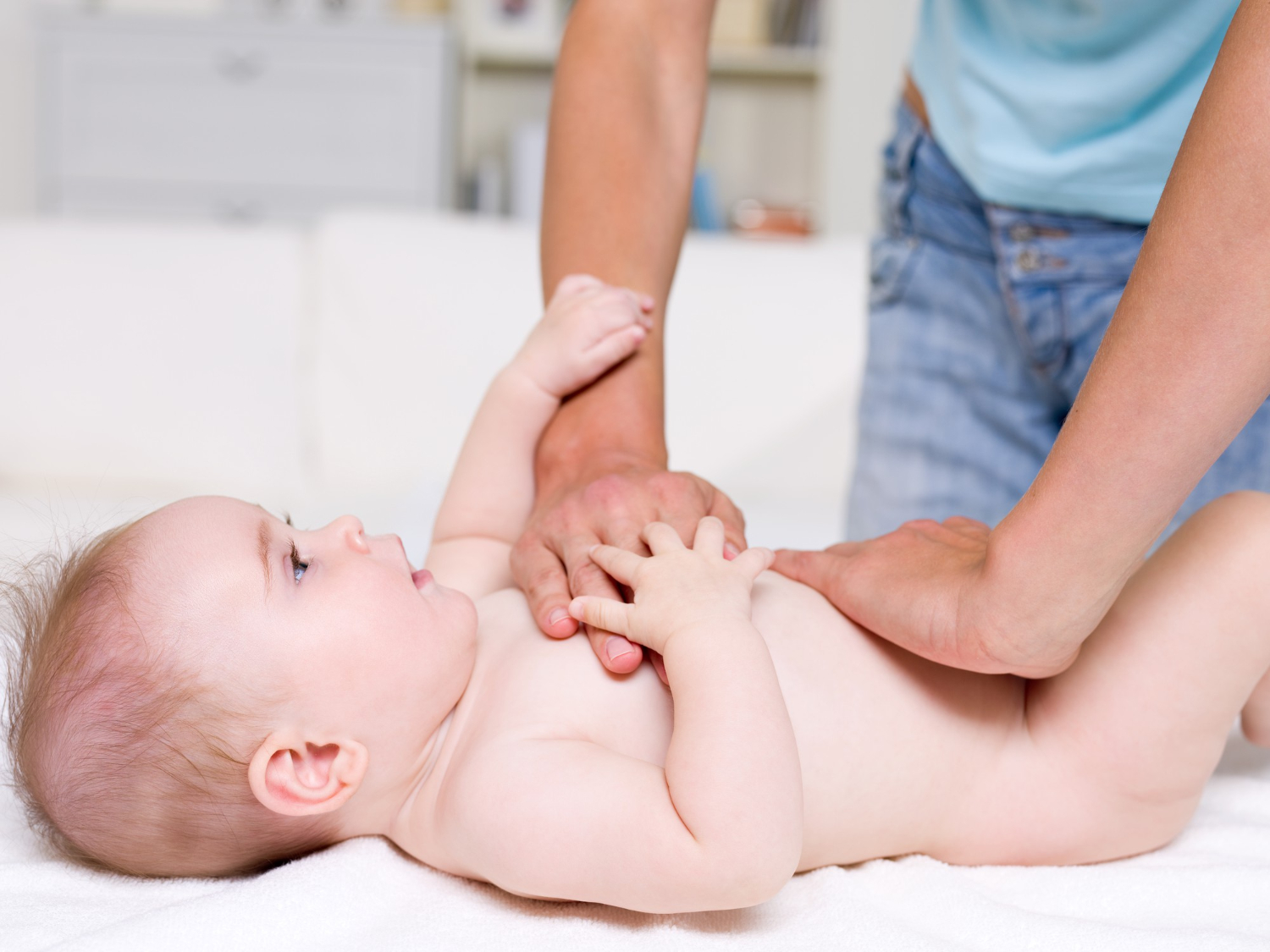
Bringing a new baby into your home is a joyous occasion, filled with excitement and anticipation. However, it also comes with a host of responsibilities that require your immediate attention. As a new parent, your primary concern is to ensure that your home provides a safe and nurturing environment for your little one. This involves mastering the art of babyproofing and equipping yourself with essential lifesaving skills such as infant CPR. In this article, we’ll delve into how these two critical skills can work in tandem to create a secure haven for your child.
Babyproofing is a proactive approach to safeguarding your home against potential hazards for an infant or toddler. As babies grow, their natural curiosity drives them to explore every nook and cranny of their environment. This exploration is crucial for their development, yet it simultaneously exposes them to numerous risks. A thoroughly babyproofed home minimizes these risks, providing a safer space for your child to explore and learn.
By implementing effective babyproofing strategies, you can prevent a wide range of accidents, from falls and burns to poisoning and choking. It’s important to remember that babyproofing is not a one-time task but an ongoing process. As your child grows and becomes more mobile, you’ll need to reassess your home environment and adjust your safety measures accordingly. This continuous vigilance is key to maintaining a safe space for your little one.

Creating a comprehensive babyproofing checklist is an invaluable tool for ensuring you’ve addressed all potential hazards in your home. Here are some key areas to focus on:
By meticulously addressing these areas, you can significantly reduce the risk of accidents in your home, providing a safer environment for your child to thrive.
While babyproofing can help prevent many accidents, it’s equally important to be prepared for emergencies that might still occur despite your best efforts. Having the knowledge of infant CPR can be a lifesaver if your baby experiences choking, stops breathing, or encounters another medical emergency. This skill empowers you to act decisively and effectively in critical situations.
Infant CPR is a specialized form of cardiopulmonary resuscitation designed specifically for babies under one year old. It involves a precise combination of gentle chest compressions and rescue breaths to help restore breathing and circulation in a baby who is unresponsive. The technique differs from CPR for adults or older children, as infants have more delicate bodies and require a gentler approach.
Understanding the proper technique for infant CPR is crucial, as incorrect application can cause harm. It’s recommended that parents and caregivers take a certified CPR course to practice these skills under professional guidance. This hands-on training builds confidence and ensures that you can perform CPR correctly when every second counts.
Emergencies can unfold in the blink of an eye, often without warning. Knowing how to perform infant CPR can mean the difference between life and death in critical situations. Here are some scenarios where infant CPR might be necessary:
Being prepared with the right skills not only gives you peace of mind but also empowers you to act quickly and effectively when faced with an emergency involving your child.
By combining your babyproofing efforts with infant CPR knowledge, you create a comprehensive safety plan for your home. This dual approach ensures that you are not only preventing accidents but also prepared to respond swiftly if they do occur. Here are some ways to integrate these skills effectively:
Regularly updating your babyproofing knowledge and CPR skills is crucial for maintaining a safe home environment. Attend a CPR class specifically designed for parents and caregivers to gain a deeper understanding of infant first aid. Many local hospitals and community centers offer these courses, providing both knowledge and the opportunity to practice techniques in a supportive setting. Refresh your skills every couple of years to ensure you’re up-to-date with the latest guidelines and techniques.
In addition to formal courses, consider subscribing to parenting magazines or online resources that provide tips and updates on child safety. Staying informed about new products, recalls, and safety recommendations can help you maintain the highest level of safety for your child.
Being aware of your surroundings and potential hazards is key to both babyproofing and being prepared for emergencies. Make it a habit to regularly scan rooms for potential dangers, such as loose cords or small objects, and ensure that your babyproofing measures are still in place and functioning effectively.
Encourage all family members and caregivers to adopt a similar mindset, fostering a collective sense of responsibility for maintaining a safe environment. Regular family discussions about safety practices can reinforce the importance of vigilance and proactive measures.
Having an emergency plan is essential to ensure a quick and organized response in case of an accident. Here’s how you can create one:
Regularly review and practice your emergency plan with all household members and caregivers, ensuring everyone knows their role and the location of emergency resources.

There are numerous tools and resources available to help you succeed in babyproofing and learning infant CPR, ensuring you are well-prepared to protect your child.
Invest in high-quality babyproofing products that meet safety standards and have positive reviews from other parents. Items like outlet covers, cabinet locks, and baby gates are essential for creating a safe environment. Consider consulting with a childproofing expert who can provide personalized advice tailored to your home and lifestyle.
Additionally, many babyproofing products are available in kits that cover multiple aspects of home safety, offering a convenient and cost-effective solution for new parents.
Consider downloading CPR apps that provide video tutorials and step-by-step instructions. These can be invaluable in emergencies when you need a quick refresher on the correct techniques. Many apps also offer reminders for skill refreshment and updates on the latest CPR guidelines.
Some organizations offer online CPR courses and certifications that can be completed at your own pace, providing flexibility for busy parents.
Join parenting groups or forums where you can share tips and advice with other parents. These communities often provide valuable insights into babyproofing and emergency preparedness, allowing you to learn from the experiences of others.
Local parent groups or support networks can also be a great resource for finding CPR classes and babyproofing workshops in your area. Building a network of fellow parents can offer both practical support and emotional encouragement as you navigate the challenges of parenthood.
Creating a safe home environment involves more than just babyproofing; it requires preparation for emergencies as well. By pairing babyproofing skills with infant CPR knowledge, you can ensure that your home is as safe as possible for your little one. Remember, the best time to prepare is before an emergency happens. With the right tools and knowledge, you can have peace of mind knowing you’re doing everything possible to protect your child.
Incorporate these strategies into your parenting routine, and you’ll be well-equipped to handle any situation that comes your way. Stay informed, stay prepared, and most importantly, enjoy the precious moments with your little one, knowing they’re safe and sound. Embrace the journey of parenthood with confidence, knowing that you have taken significant steps to create a secure and loving environment for your child.
As a parent, being prepared for emergencies is crucial. We encourage you to take the next step in ensuring your child’s safety by enrolling in CPR and First Aid classes. These courses will equip you with the essential skills needed to respond effectively in critical situations.
Don’t wait until an emergency occurs—empower yourself with the knowledge and skills to protect your child. Sign up for a class today and take a proactive step towards ensuring your family’s safety!
Our primary goal is to ensure that you receive a top-quality CPR/First Aid certification. With our in-person training in Austin, you can learn CPR and BLS in just one class. Your presence is all that’s needed to continue with your lesson! During your session, you will complete all the live-training components necessary to ensure you receive your AHA Healthcare Provider certification card.
Our CPR Classes in Austin are discounted to $59.95 (saving you $20), and our CPR + First Aid Class is offered at $79.95 (also saving you $20). When looking for CPR Classes, ensure to check for the American Heart Association seal. Other sites might seem cheaper but frequently lack the official training credentials demanded by employers.
Upon successful completion of the course, you will obtain a CPR certification that is valid for two years. The AHA CPR certification is recognized with the highest acceptance rate among employers nationwide.
Indeed! Enroll in any CPR Certification Austin BLS course to extend your certification for an additional two years. The in-person BLS course and the Renewal Class are identical.
Anyone capable of completing the course independently should consider pursuing CPR training and CPR Certification. There is no minimum age restriction for obtaining a CPR certification in Austin through the American Heart Association (AHA)..
CPR training needs to be carried out in person to guarantee its effectiveness. Our experienced instructors offer an engaging and dynamic learning experience. Typically, employers do not recognize CPR certifications that are obtained solely through online courses.
All authorized American Heart Association training centers are obligated to display the entire video. After a three-hour session with CPR Classes Near Me Austin, your BLS CPR eCard will be promptly issued by the instructor on the same day!

Proud to be an American Heart Association Training Site aligned with GoRescue Birmingham, AL
Copyright 2025© CPR Classes Near Me